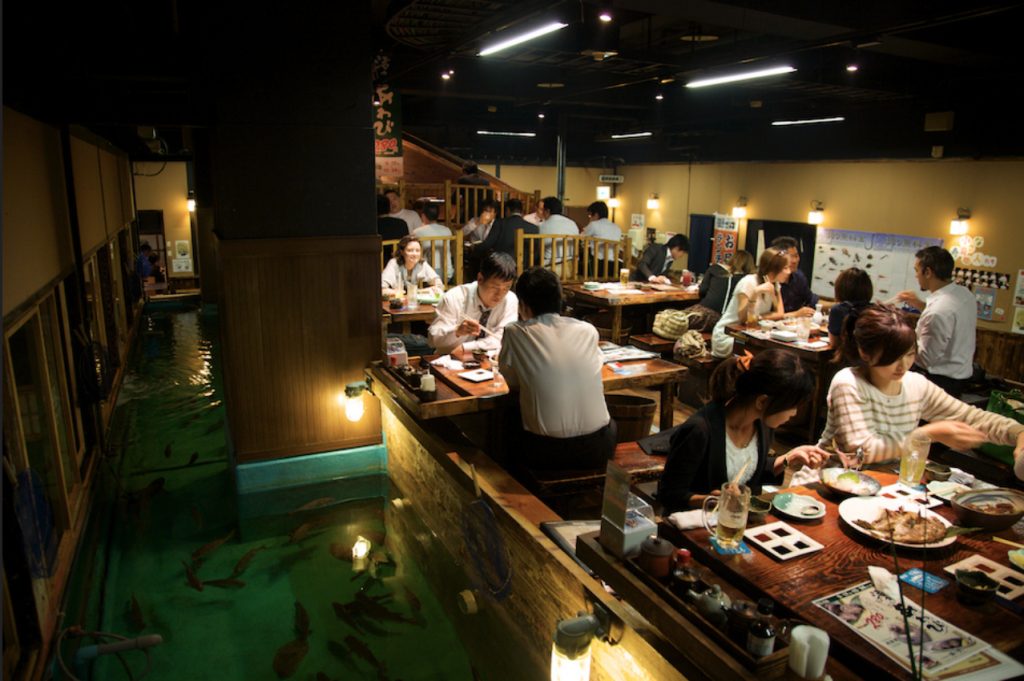
At the end of a meal out in a restaurant, or when you’ve paid for a service such as a taxi ride, it’s usually automatic to mentally calculate what kind of tip you’re going to leave. But what about when you’re travelling?
How can you be sure you’re doing the right thing when it comes to leaving a gratuity? Most people generally do as they would at home, but actually there are different attitudes to tipping around the world that it might be worth being aware of.
For Americans tipping is, as the saying goes, as American as apple pie. In other words, leaving a tip for good service at the end of a meal is just standard practice – and one that will be expected. And as tips should be anything between 15% and 25% of the total bill, don’t forget to factor that into your mealtime budget in the States.

In Britain, while tipping is by no means a requirement, it’s something that most people will do when they’ve experienced good service. This could be in a restaurant, at the hairdressers or following a cab ride. It’s not always a fixed percentage – it could simply be a question of telling the waiter or driver to keep the change when the bill is paid – but on average it’s around the 10% mark.
However, recent research from Voucherbox revealed that Brits don’t always base the decision to tip on the service alone.
In fact, out of 1,000 diners surveyed, one fifth said they would increase the amount they tipped if they found the waiter or waitress to be attractive. If the server was flirtatious, it was likely to encourage 16% to leave a tip and 11% would be won over if their waiter had nice eyes. Brits, it would seem, are a fickle bunch when it comes to tipping!

Icelanders, on the other hand, aren’t used to the concept of tipping. It’s not the custom to tip in restaurants as the menu prices generally include a 15% gratuity, as are other services such as taxi journeys.
If you feel that you’ve had good service though, and wish to leave a gratuity in Iceland, it is unlikely to cause offence as with so many tourists now leaving tips, it’s become a more common occurrence. Icelanders, though, are unlikely to leave tips in their own country.
Similarly in Japan, tipping is not a national habit. The general expectation is that you are paying for something and that good service will be included in the price. Tipping in Japan could actually backfire as the person you offer a tip to may refuse it and, unwittingly, you’ll have created an awkward situation. It’s best to just pay the bill and thank your server verbally.
Again, as in Iceland, tipping has become a little more common in the Japanese tourist industry, so if you really want to give someone a tip, you can. However, don’t hand it over in cash. Do it discreetly, by placing the money in a small envelope.

As you can see from the few examples above, there are wide varieties in the approach to tips in different countries.
The best advice is to read up on the customs and culture of the country you are going to visit. That way, you’ll know what the locals do, and ensure that you don’t do the wrong thing when you’re trying to do something nice and reward good service!
